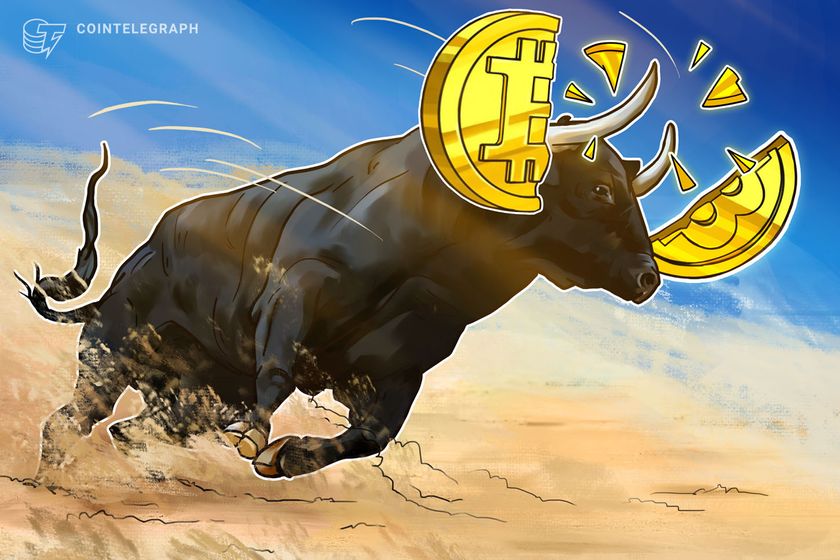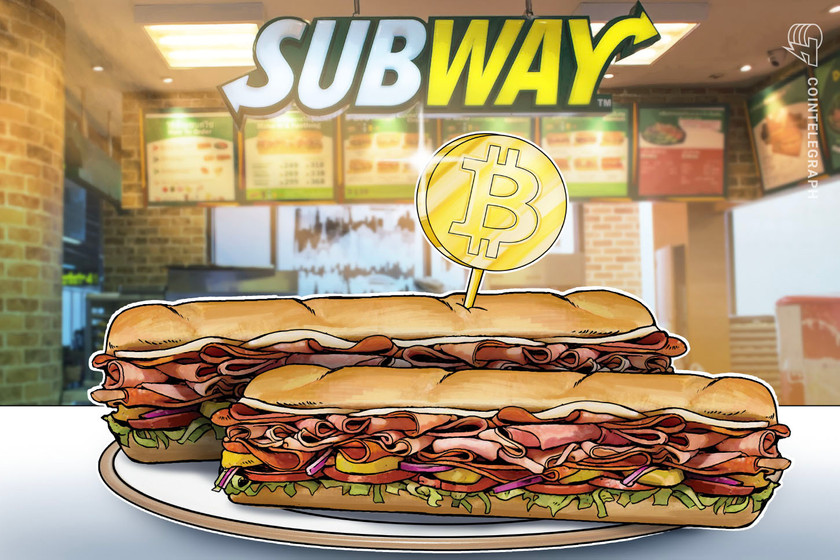Bitcoin halving, BTC ETF hype driving price up into 2024 — NBX Berlin


Several macro events are contributing to increased interest in Bitcoin, its price and a knock-on effect on the wider markets.
The potential approval of spot Bitcoin exchange-traded funds (ETFs), the looming BTC mining reward halving and major regulatory and enforcement actions have a profound psychological effect on market prices.
This is a key takeaway from the Next Block Expo conference in Berlin, just as Bitcoin tipped past $42,000 for the first time in over a year.
Animoca Brands CEO Robby Yung, gumi Cryptos Capital managing partner Miko Matsumura, Binance regional manager Jonas Jünger, and Polkastarter business development lead João Leite weighed in on whether the current cryptocurrency bear market was coming to an end in a conversation with Cointelegraph.







